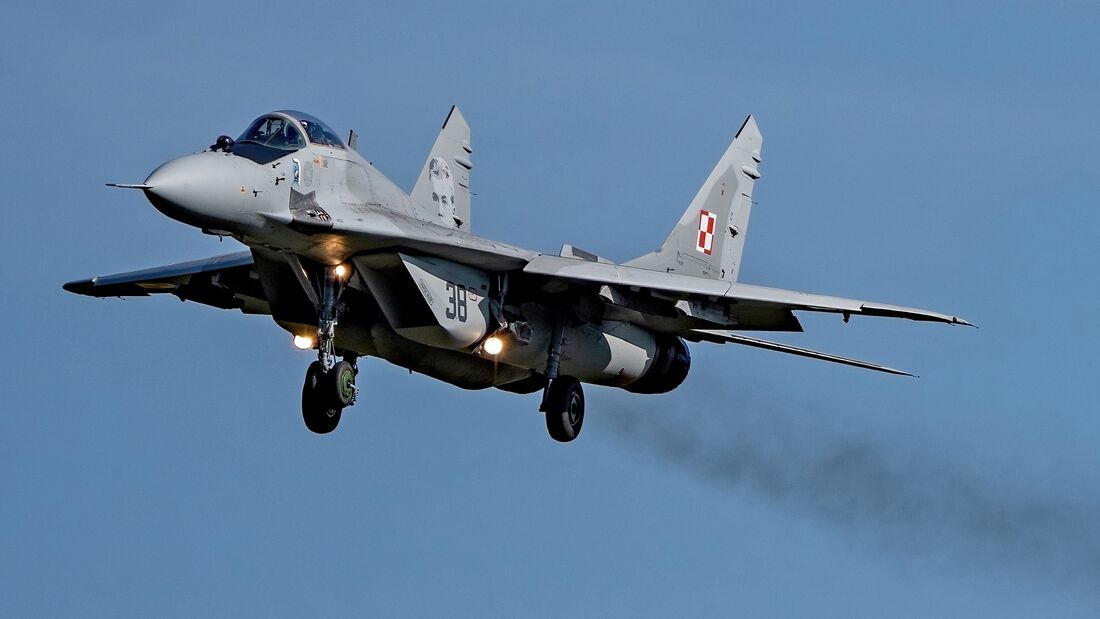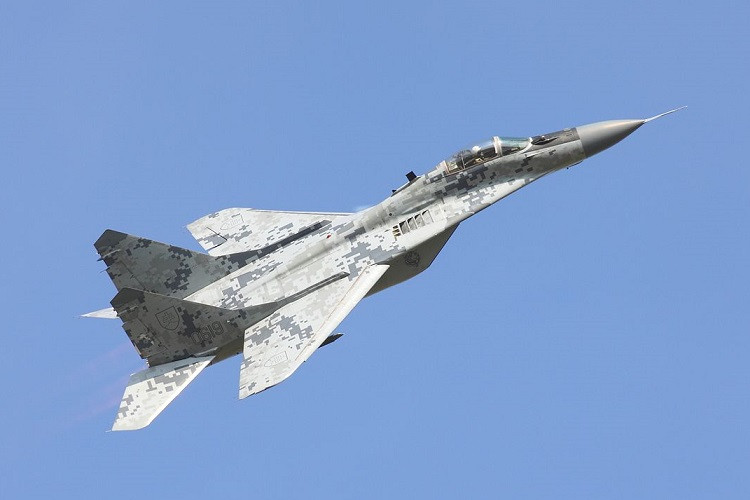In the annals of military aviation, few aircraft have left as significant a mark as the Mikoyan MiG-29. Developed by the Soviet Union in the 1970s, the MiG-29 was designed to be a versatile and potent fighter jet, embodying the technological ambitions and strategic aspirations of its era. With its impressive dimensions and robust capabilities, the MiG-29 has become a symbol of Soviet engineering prowess and has continued to influence air combat strategies long after its inception.
A Glimpse into the MiG-29’s Design
The MiG-29, often referred to by its NATO reporting name “Fulcrum,” stands out with its sleek and formidable design. Measuring 17.32 meters in length and with a wingspan of 11.36 meters, the MiG-29 is built for both agility and speed. The aircraft’s height of 4.73 meters complements its aerodynamic profile, allowing for exceptional maneuverability and performance in dogfights.
One of the most notable aspects of the MiG-29 is its balance between power and weight. With an empty weight of 11 tons and a maximum take-off weight of 18.5 tons, the MiG-29 is engineered to deliver impressive thrust-to-weight ratios. This balance not only enhances its speed and agility but also ensures that it can carry a substantial payload of armament and fuel.

Performance and Capabilities
The MiG-29 was designed to excel in a variety of combat scenarios, from air superiority missions to ground attack operations. Powered by two RD-33 engines, each capable of producing up to 50 kN of thrust, the MiG-29 can achieve speeds of over Mach 2, making it one of the fastest aircraft in its class. Its high-speed performance is complemented by its agility, with advanced flight control systems that enable precise handling and extreme maneuverability.
The MiG-29’s armament includes a combination of air-to-air and air-to-ground missiles, allowing it to engage a wide range of targets. It is equipped with an internal 30mm cannon for close-in dogfights and can carry various missiles, including the R-27 and R-73, which are designed for both beyond-visual-range engagements and close-range combat.
Technological Innovations
The MiG-29 incorporates several technological advancements that were cutting-edge at the time of its development. Its avionics and radar systems provide a high level of situational awareness, allowing pilots to detect and engage enemy aircraft effectively. The aircraft’s onboard radar systems, including the Zhuk-ME radar, offer long-range detection capabilities and can track multiple targets simultaneously.
Another significant innovation is the MiG-29’s use of fly-by-wire technology, which enhances its control and stability. This system allows for more responsive handling and greater precision in maneuvering, contributing to its reputation as a highly maneuverable and effective fighter jet.

Legacy and Impact
Since its introduction, the MiG-29 has been a staple of numerous air forces around the world. Its design has influenced the development of subsequent generations of fighter aircraft, and its performance has earned it a place in the pantheon of legendary military jets. The MiG-29’s combination of speed, agility, and advanced avionics made it a formidable opponent in aerial combat, and it continues to be a relevant and respected aircraft in many countries’ fleets.
Beyond its combat capabilities, the MiG-29 represents a significant chapter in the history of Soviet and Russian aerospace engineering. It reflects the innovative spirit and technical expertise of its creators and remains a testament to the era’s technological advancements.
Conclusion: The MiG-29’s Enduring Legacy
The Mikoyan MiG-29 is more than just a fighter aircraft; it is a symbol of a bygone era of military aviation. With its impressive dimensions, powerful performance, and technological innovations, the MiG-29 has left an indelible mark on the world of aerospace. As it continues to serve in various air forces, the MiG-29 stands as a lasting legacy of Soviet engineering excellence and a reminder of the ever-evolving nature of air combat technology.






